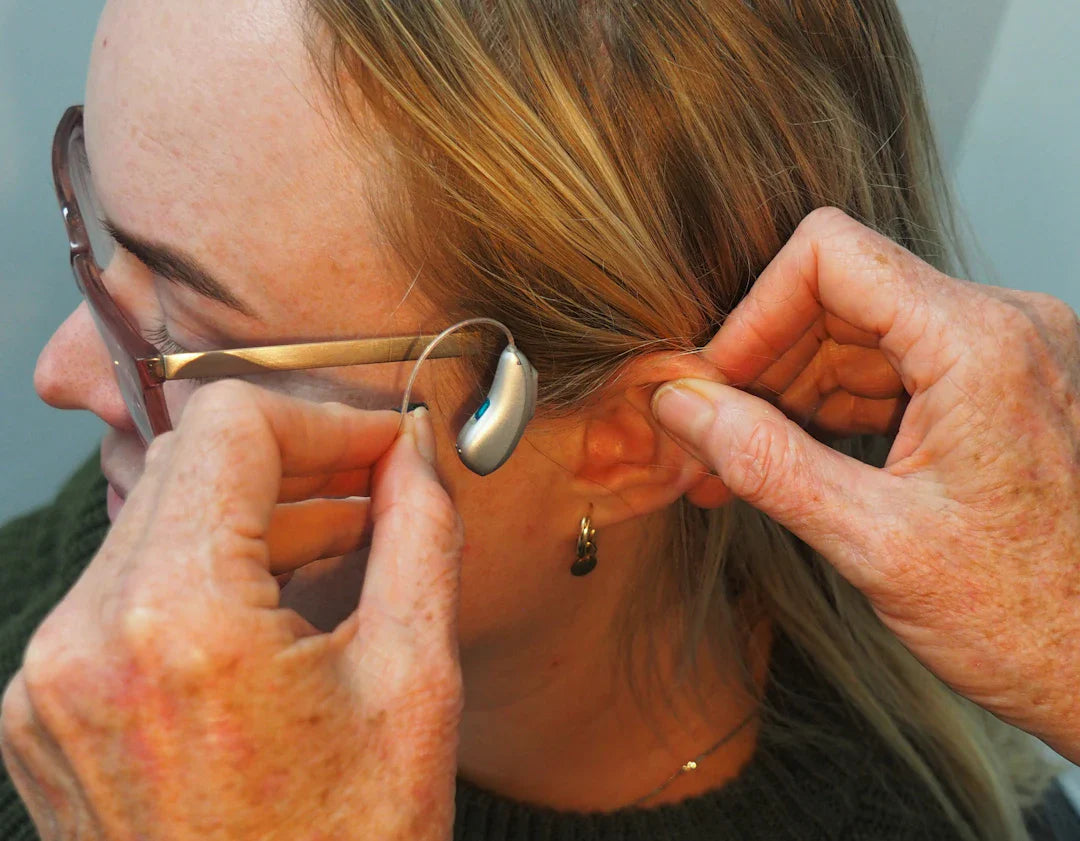Frequently Asked Questions
1. What are the main types of hearing aids available?
2. What factors affect the cost of hearing aids?
3. Is there insurance coverage for hearing aids?
4. What financial assistance schemes are available for hearing aids in the UK?
5. How can I budget for hearing aids effectively?
When it comes to maintaining our health, hearing is often an overlooked aspect until issues arise. Hearing aids can significantly enhance one's quality of life, but their costs can be daunting. This blog aims to guide you through the actual costs associated with hearing aids and how to effectively budget for your hearing care needs.
Understanding the Costs of Hearing Aids
The prices of hearing aids can range widely based on several factors. Knowing what influences these costs will help you make an informed decision as you consider your options.
Types of Hearing Aids
There are various types of hearing aids available in the market, each designed for different levels of hearing loss and preferences. The main categories include:
- Behind-the-ear (BTE): These are larger hearing aids that fit behind the ear and connect to an ear mould. They are known for their durability and battery life.
- In-the-ear (ITE): These smaller options fit entirely in the outer ear, making them less visible.
- Completely-in-canal (CIC): CIC hearing aids are miniature and fit inside the ear canal, making them almost invisible.
- Receiver-in-canal (RIC): A discreet option where the receiver sits inside the ear canal, connected by a thin wire to a hearing aid worn behind the ear.
The type you choose will significantly impact the overall cost, with BTE often being the more affordable option and CIC often being more premium priced due to their discreetness.
Factors Affecting Hearing Aid Prices
Understanding the different factors that influence hearing aid costs can help you better structure your budget.
- Technology Level: High-tech hearing aids come with advanced features like Bluetooth connectivity, noise cancellation, and various sound settings. While these features improve functionality, they also increase the price.
- Customisation: Custom-fitted hearing aids may incur additional costs, as they involve more complex manufacturing processes to cater precisely to your hearing needs.
- Brand: Established brands may have higher price tags; however, they often come with rigorous testing and quality assurance. For example, products like Widex Cerustop Wax Guards contribute to the longevity of these hearing aids but may add to the overall expense.
- Battery Life: Rechargeable options might have higher upfront costs but may save you money on batteries in the long run.
- Ongoing Support and Care: Costs may also include follow-up visits, adjustments, and cleaning services, making professional support another important factor to consider.
Insurance and Hearing Aid Costs: What You Need to Know
Before diving into budgeting, it’s essential to research your options regarding financial assistance for hearing aids. Here’s how insurance plays a role:
Health Insurance Coverage
Many private health insurance plans provide partial coverage for hearing aids. It’s important to check your policy details to see if hearing aids are included, as well as the specifics on how much they cover. Some plans might cover specific types of hearing aids or only certain brands, so make sure to clarify with your insurance provider.
Government Assistance Schemes
In the UK, there are schemes available to assist with hearing aid costs. The NHS provides some hearing aids free of charge, typically lower-end models that may not have all the features you’d expect from private options. Check your eligibility, as this can significantly affect your overall budget.
Developing Your Hearing Care Budget
Creating a budget for your hearing aids is crucial to ensuring that you can afford the best options available for your hearing health. Here’s how you can go about it:
Assess Your Needs
Start by determining the severity of your hearing loss and the specific features you might require. Will you be needing a hearing aid for occasional use, or will you require it daily? Understanding your unique needs will help guide your budget planning.
Research and Compare Prices
Once you’ve established your needs, research various brands, prices, and models available. Pay attention to features that are essential for your lifestyle. Websites like The Hearing Experts provide invaluable resources, reviews, and comparisons that can aid in your decision-making process.
Account for Maintenance Costs
In addition to the initial purchase price, consider ongoing maintenance costs. Battery replacement, cleaning supplies, and replacements like Widex Cerustop Wax Guards are essential considerations to maintain your hearing aids' efficiency and longevity. Be sure to include these in your overall budget.
Financial Strategies for Hearing Health
Having a plan in place will help you manage your expenses better. Here are some strategies to consider:
Payment Plans or Financing Options
Many hearing centres offer payment plans that spread the cost of your hearing aids over several months. This could make high-quality hearing aids more affordable and manageable through a structured financial approach.
Health Savings Accounts (HSA)
If you have access to a health savings account, consider using it to offset some costs related to hearing aids and ongoing hearing care. HSAs can provide tax benefits and flexibility in spending.
Enhancing Your Hearing Care Experience
After purchasing your hearing aids, settling into their use may take time. However, proper care can significantly enhance your experience:
Follow-Up Appointments
Be proactive with follow-up appointments for adjustments and programming. Regular check-ins can ensure your hearing aids are functioning optimally and may lead to better hearing outcomes.
Join Support Groups
Connecting with others who have experienced hearing loss can be valuable. Look for support groups or online forums to share knowledge, tips, and reassurance during your hearing care journey.
The True Value of Hearing Aids
While the cost of hearing aids can be significant, the benefits they bring to your life are immeasurable. From improved communication to enhanced relationships, investing in your hearing health pays dividends that lasts a lifetime.
Don't let the costs deter you from prioritizing your hearing. With proper planning and the right approach, you can find options that suit your needs and financial capabilities. Start taking those steps today, and ensure your hearing health remains at the forefront of your well-being!




